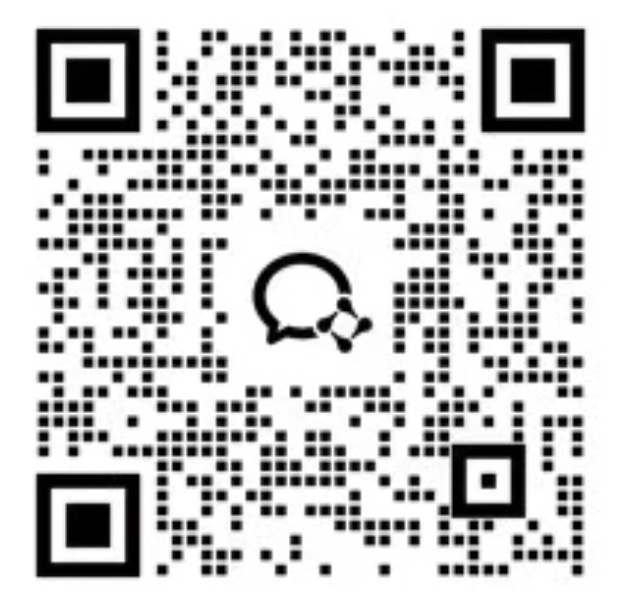麦肯锡-衡量经济赋权:公司如何使更多人受益(英)
January 2025Economic empowerment made-to-measure: How companies can benefit more peopleConnections, contexts, and capabilities can guide corporate efforts to create empowerment impact efficiently.by Kweilin Ellingrud, Marco Piccitto, Tilman Tacke, Kevin Russell, Bing Quek, and Minéa WuoriThe empowerment line sets a global standard for economic inclusion Full economic empowerment is achieved when a household can afford basic goods and services, go to work, contribute to economic growth, and focus on more than mere survival. To measure empowerment, we use the empowerment line, a metric developed by the McKinsey Global Institute (MGI) that estimates the cost of a basket of essential goods and services—including housing, healthcare, food, and transportation—for a frugal yet decent quality of life.1 (See the technical appendix for a fuller description of the empowerment concept.) Empowerment thresholds vary widely from economy to economy, increasing from a global floor of $12 per person per day in purchasing power parity terms. In nominal terms, economic empowerment in Egypt, India, or Indonesia is $4 to $5 per person per day, for example. In Brazil, China, Mexico, or South Africa, the threshold is about twice as high, at $8 to $13 a day.2 In Australia, Italy, or Japan, it’s $20 to $40 a day. And in the United States and Switzerland, empowerment requires $55 to $70 per person per day.3 Establishing each economy’s threshold makes it possible to size its empowerment gap, which is the boost in spending power needed for everyone to reach the empowerment line (see sidebar “Estimating the empowerment share”).At a glance — The “empowerment line” measures progress toward a world where everyone’s essential needs are met. About 40 percent of the global population lives above the empowerment line—they can afford a standard basket of essential goods and services and begin to save. The rest live below the line, mostly in lower- and middle-income economies where GDP growth is the main driver of empowerment. At higher GDP levels, income inequality and the cost of essentials become increasingly important barriers to empowerment. — Different populations face different combinations of empowerment challenges. Even in economies at similar GDP levels, the share of people living below the line varies widely, because costs and income opportunities vary. Empowerment may be out of reach for context-specific reasons, including, for example, the affordability of housing or food, or the availability of stable jobs with sufficient wages. — The private sector is pivotal to achieving empowerment and has a wide array of options. As the employers of most of the global workforce, companies have a natural role in empowering employees, customers, suppliers, and communities. An analysis of the initiatives of 100 large companies finds about 70 types of initiatives for empowerment, from subsidized employee healthcare and food-bank donations to make essentials more affordable, to training
麦肯锡-衡量经济赋权:公司如何使更多人受益(英),点击即可下载。报告格式为PDF,大小1.35M,页数24页,欢迎下载。









